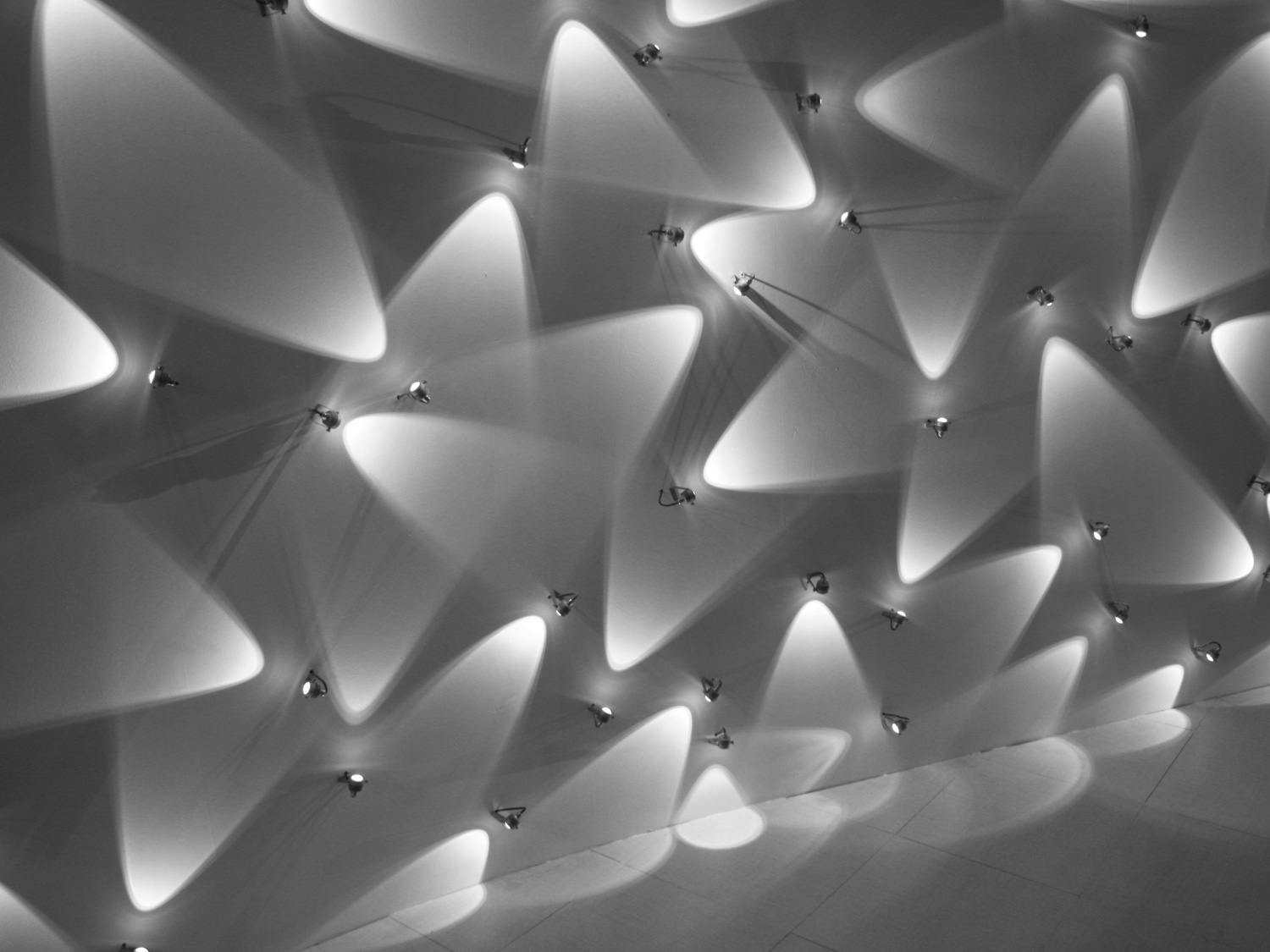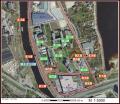Current Pilot sites infrastructure and lighting requirements
There will be four pilot sites where energy efficient street lighting using LITES technologywill be implemented. They are planned for the Municipality of Bordeaux in France, Riga Technical University campus in Latvia and the Universidade de Aveiro in Portugal. All efficiency factors will be optimized at the sites to generate a significant energy saving during the course ofthe project.
The pilots were selected to compare the various climates of Europe, spanning the geographic areas from north to south.The four locations vary and demonstrate unique characteristics in networks andenergy distribution. In addition to climatic and geographical differences, the pilots were selected for social, cultural and energy consumption patterns.
The Pilot site in Bordeaux
Bordeaux is a port city on the Garonne River in the Gironde department insouth-western of France. The city of Bordeaux, with a population of 240, 000 inhabitants, is the ninth largest city in France. Greater Bordeaux, known as Communauté Urbaine de, is the fifth largest urban area in France with a population of 650,000 inhabitants. The pilot site is named Citée Carreire. It is located in a western suburb west close suburb behind the city’smain hospital. It is on the site of a housing development with forty-four luminaires. Forty-one of these are seven meters high and are posted along the streets; while three are three meters high and appear on a pedestrian path.
The installation is currently lighted with 100 W Sodium discharge lamps and15W ballasts for a total power of 5, 060W and 20,999 KWH of yearly power consumption. Zoning requirements mandated that the streets in Bordeaux be laid-out in a similar pattern. Therefore, the street arrangement is similar for all the pilot sites and only one street profile is neededto make calculations. When needed, further“BD1” is used to identify a Bordeaux street profile.
The current lighting solution is 100% sodium discharge lamps. The LITES project propose to replace all those low energy efficient lights with a color rendering index of less than 10 by Dyana LED based luminaires with 56W. The Color Rendering Index of Dyana is 75%.
A communications node will be embedded in the Dyana. It will serve as a communications transmitter between the luminaire and Central Management System. This technology will create significant energy savings and provide a better quality of lighting to consumers. Led technology will also increase the life-time of the lamps dramatically compared to the current sodium discharge lamps.
Pilot Site in Riga
The second pilot site is located atRiga Technical University on theKipsala Campus. The site isa unique geographical location and the areas surrounding itdisplay various rates oftraffic intensity. At Kipsala and its environs six different classes of street lighting can be found.
The RTU campus territory has no fences or other limitations ofaccess. All roads, streets, parking lotsand pedestrian areas are accessible to the general public. Some of the roads are used mainly by pedestrians; while others are mainly intended for cars. Some of the roads,however, are used by both pedestrians and motor vehicles. This variety allows for a rangeof comparisons of different usage patterns of public space on the RTU campus territory.
The Pilot Site in Riga has 112 existing poles with high pressure sodium vapour lamp luminaries; mostly Philips SGS with SON-T lamps. The site has no fences or other limitations of access , so that all roads, streets and pedestrian areas are accessible to the general public and allow for free movement of pedestrians or cars throughout the campus territory. Moreover, the RTU campus an exhibition hall as its neighbour that is known as BT1. The hall hosts large exhibitions and concerts. These events cause an immense variation in traffic intensity on the nearby streets.
The RTU campus was selected as a pilot site becauseof its northern location. Its weather conditions and number ofdaylight hours differfrom the other sites. The variations intemperature inwinter and summer can be a range of 60 degrees Celsius; with the lowest winter temperature at -30 C, and summer temperatures at +30. It is clear that the RTU campus will greatly benefit from the LITES technology to improve light quality and improve energy efficiency.
Pilot Site in Aveiro
The third pilot site of the LITES project will be installed at the campus of Universidade de Aveiro. The geographical location of the university is near the heart of the city of Aveiro. The city and the university stretch along a coastal lagoon known as “Ria de Aveiro”. The lagoon divides the university into two campus areas. Connecting the two campus locations is a walking and cycling bridge over the estuary of São Pedro where the pilot site for project LITES is expected to be installed. The 330 meters bridge is regularly used by students, teachers, university staff and local residents. During the daytime the movement of people is relatively limited varying from the occasional bicyclist on his way to the Student Centre to enjoy the communal space. However, during lunch time there is a substantial increase in the flow of people crossing the bridge on their way to and from the new cafeteria. In the near future the usage of the bridge is expected to increase, especially in the early morning and evening periods. A new dorm complex is scheduled to be opened soon. As a result, many students will be expected to cross the bridge in the morning on their way to classes and in the evening when they return to their rooms from either classes or late academic activities. Therefore, it Is of upmost importance that student activities be guided by smart lighting solutions that allow them to complete their daily tasks in comfort and security.
The weather is another important factor to take into account when designing an exterior lighting solution. With several weather conditions affecting visibility, it becomes useful to have a description of the weather behavior at the installation site. According to this description, several considerations can be made towards obtaining a more efficient lighting scenario.
The average maximum temperature ranges from the lowest value in January of 14ºC to the highest value of 30ºC in July, while the average minimum temperature ranges from 6ºC, also in January to the highest value of 17ºC in August. The extreme minimum temperature was recorded in March with -2ºC and the maximum in August with 41ºC.
As well as rain, fog (In Aveiro the months most affected by fog conditions are within the interval of August to December), wind also causes light to scatter, thus affecting the efficiency of the lighting solution. In a typical fog scenario a light detector usually perceives a low level of illumination to which the control unit responds with an increase of the light intensity. Although this would seem a good solution, intense light under fog conditions causes an uncomfortable glare sensation and unnecessary energy consumption.
The final relevant aspect of weather characterization to address is wind speed which mostly concerns the physical roughness of the actual luminary (lamp and support). In this aspect Aveiro is well known to be affected by Northern winds gusts which have recorded speeds up to 74Km/h. Although the average wind speed floats around 9Km/h, the wind gusts can have an intense strain effect on the luminary.
The current lighting solution implemented on the bridge can be divided in two different groups. The first group, which the LITES solution will replace, is composed by a set of 55 ground embedded luminaries, using a 35 watt, metal halide discharge lamp (HIT CE 35W), placed in a straight line along the center of the bridge floor. The second group is a set of auxiliary wall embedded lamps placed in different positions in both the North and South access ramps, which use a low power fluorescent lamp (TD-D 10W).
Important feature of the luminary with LITES energy efficient solution is the ability of retrofitting. Local municipalities and lighting solutions providers have shown that in order for a new product to be selected, it has to be able to replace the already installed lighting solutions. The conversion to new installations with complete replacement of the already existing support infrastructure is not even considered by possible local site managers.
Each of pilot sites require individual lighting solution that has been developed from the data collected from the pilot sites. Each pilot site has specific requirements for lighting class, sites street profiles general terms, like pole height specification, distance between poles, pole console (top) diameter, as well as number of luminaries, power, luminous output, the height of sensor installation, are important for designing the new energy efficient LITES lighting. All lighting solutions for the pilot sites include also specification of mains voltage, power cable and command signal cable section, protection from discharges, electric class, luminaire electrical protection, metering in pole, cabinet protection, free space for gateway controller, dimming, communications, gateway communications and traffic specifications.
The LITES project is expected to have a European-wide impact. The four sites will serve as models of the ecological and economic benefits of installing LITES technology smart lighting solutions. It will raise public awareness of LITES technology and energy savings by giving a practical demonstration of the everyday benefits of the system and of its costs and energy savings. The most immediate impact is expected to be in the four European communities where the LITES sites are located and where the public will come into direct contact with the system.

